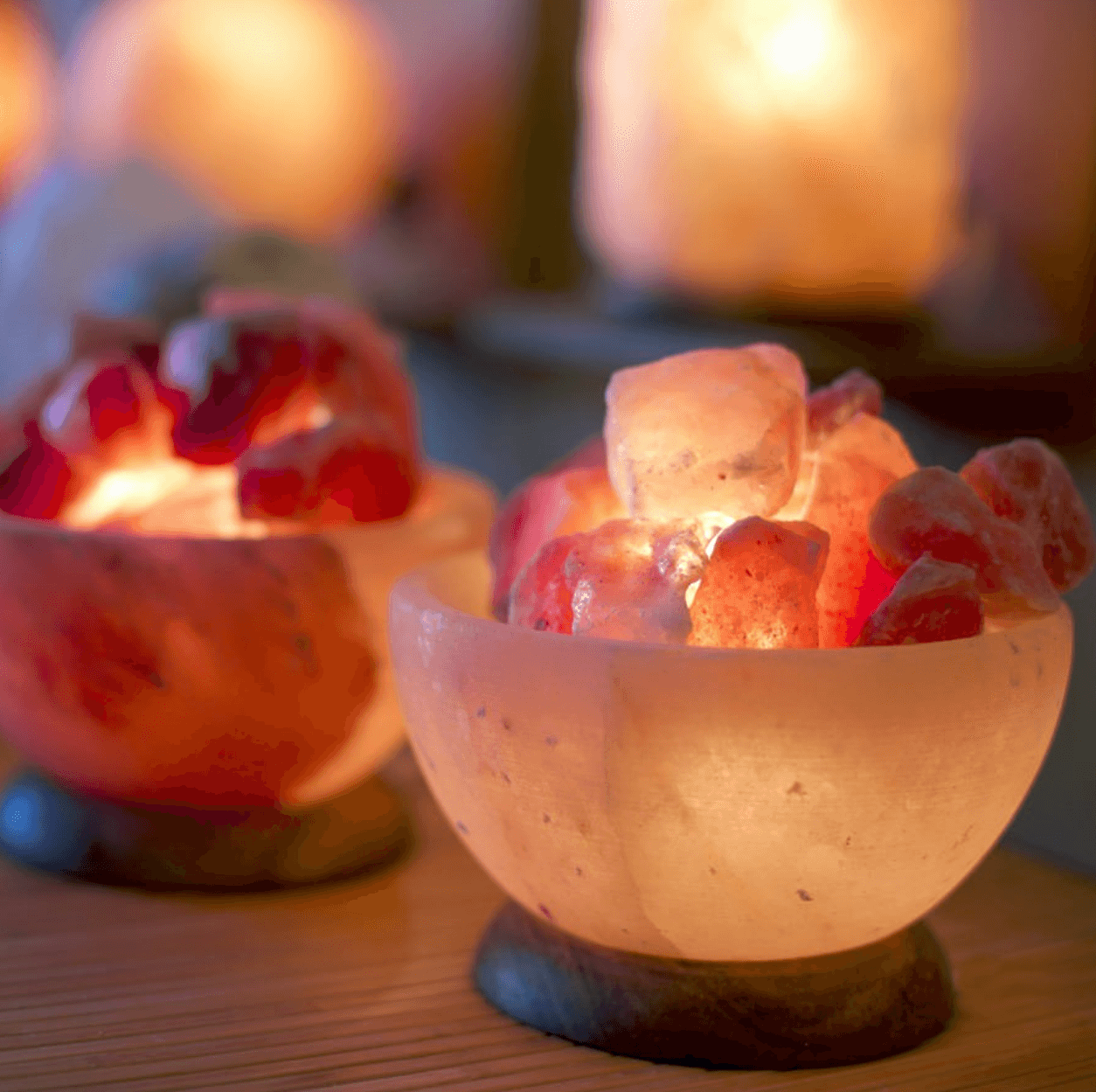
Whether you’re looking for a natural, healthy salt substitute, or just want to reduce your salt intake, mining Himalayan salt is an excellent option. This salt is rich in natural minerals and is mined with traditional methods, which result in minimal pollution and waste byproducts. There are no known harmful chemicals in the salt, so you can reduce your salt consumption without having to worry about the environment.
Cost of mining Himalayan salt
Mining Himalayan salt can be expensive. The process can take years. It’s important to consider this fact when deciding whether to mine this salt. The world’s salt consumption is expected to reach $14.1 billion by 2020. Pink Himalayan salt is more expensive and marketed as a luxury salt that’s more flavorful and luxurious. Most of the mines are based in Pakistan’s Punjab region and are based on 200-million-year-old sea salt beds. One of the largest mines is Khewra Salt Mine, which is responsible for mining more than a third of the world’s pink salt.
Mining Himalayan salt began more than 500 million years ago when an ancient inland sea gradually evaporated, leaving vast mineral salt deposits. This deposit was subsequently sealed under intense pressure from tectonic activity. As a result, the surrounding rock was pushed upward, forming mountain ranges. Alexander the Great, a Greek explorer, once stopped in the region of Khewra to rest for a while. He noticed that the salty rocks were the source of the salt.
The mining process for Himalayan salt is extremely dangerous. Extensive use of explosives is required to open the mines. Laborers drill five-foot-deep holes using hand-cranked drills, then fill the holes with gunpowder and set fuses. Once the mines are open, trucks are brought in to collect the salt. The process also involves using metal grinders to break down the salt. The salt can be contaminated with metal shards, so the working conditions are dangerous.
Environmental impact of mining Himalayan salt
The process of mining Himalayan salt begins more than 500 million years ago, when an ancient inland sea evaporated and left a large, expansive deposit of mineral salt. The seabed was then sealed by tectonic activity, and rock around it was thrust upward, forming the mountain ranges we know today. When Alexander the Great passed through the Himalayan ranges with his army, he decided to stop and rest near the salt mines. He noticed horses licking the salty rocks.
Mining the salt causes a minimal impact on the environment. It involves little pollution and little waste byproducts. But the process of mining is not without its challenges. Large rock formations and solidified lava prevent the salt from being easily penetrated by humans. So far, two-hundred million tons of salt have been mined from the mountain, leaving only 6.7 billion tons in the rock.
While this practice is not strictly regulated by law, local people sometimes harvest the salt without a license and sell it after packaging it. Some of them have not taken into account the potential negative impact of their activities. As a result, their digging activities have been irregular and have increased salt particles in the environment. They have also altered the landscape of the area.
In Pakistan, mining for pink salt is a controversial issue. Although not technically Himalayan, this non-renewable resource is extracted from the Khewra Salt Mine, a remnant of a former sea. Miners work eight hours a day in the mines.
Health benefits of Himalayan salt
Adding a pinch of Himalayan salt to your daily diet can be beneficial. It helps regulate blood sugar and hormonal balance. It also increases insulin sensitivity, preventing sudden sugar spikes. The salt also stimulates hydrochloric acid, a natural enzyme that helps break down protein.
The health benefits of Himalayan salt are numerous. It detoxifies the body of heavy metals and increases libido. It’s also almost pure sodium, which is crucial for your overall health. The sodium content of this salt is so high, that it can increase libido.
It can also be used to treat respiratory ailments. The pink Himalayan salt has 84 trace minerals that aid in lung and chest health. The antibacterial properties of salt clean the lungs and sinuses. It is a natural anti-allergen and can ease the symptoms of allergies.
You can use pink Himalayan salt as a natural replacement for table salt. It is usually sold in larger, coarser grains, so you will need a grinder to make it easier to use. While you can use pink Himalayan salt in cooking, you should consult with your doctor if you plan to eat it regularly. You can buy it online. It is important to buy it from a trusted source. You can read customer reviews to make sure it is safe to consume.
Although salt is essential to the body, too much of it can cause health problems, including high blood pressure and heart disease. Fortunately, new research calls into question the long-held theory that salt causes these diseases, and many people have started using pink Himalayan salt instead.

















